Showing 1–48 of 52 resultsSorted by popularity
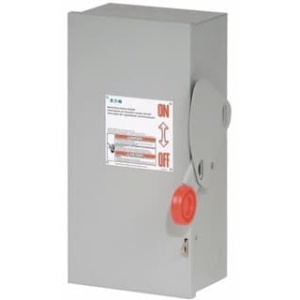
CH3 DH361FRK 600V SFTY SW
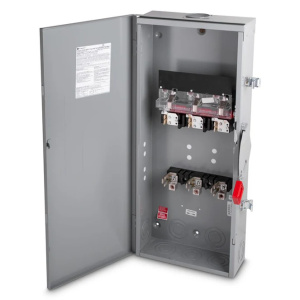
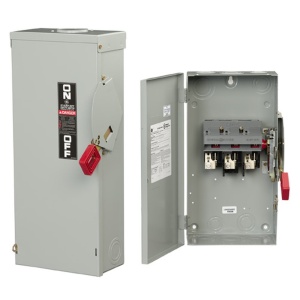
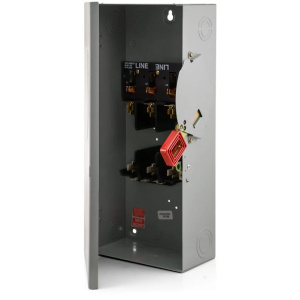
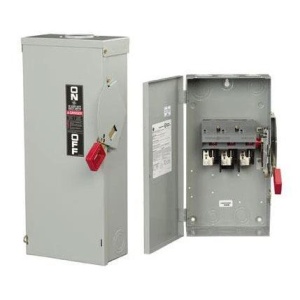
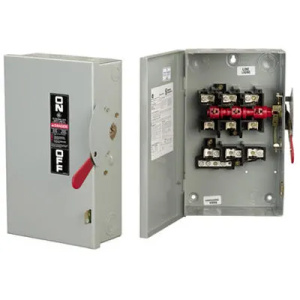


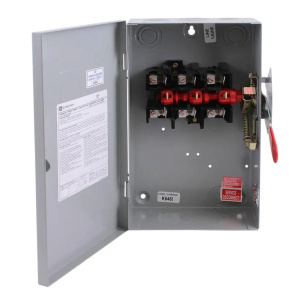


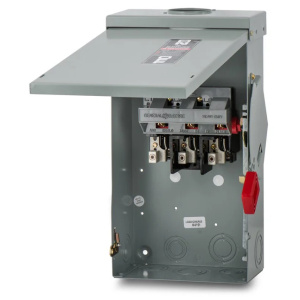

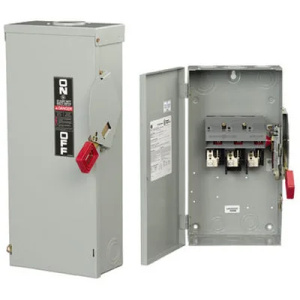
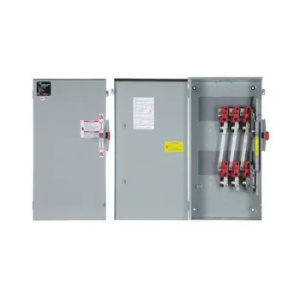
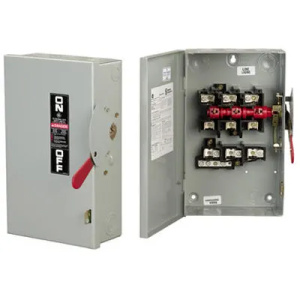


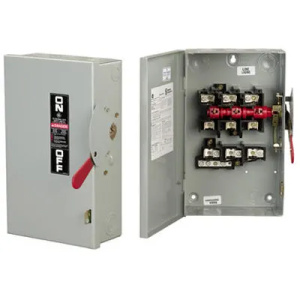

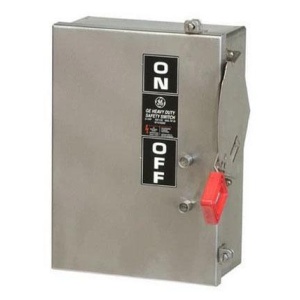

GE THN3366R 600A 600V SAFETY SWITCHES
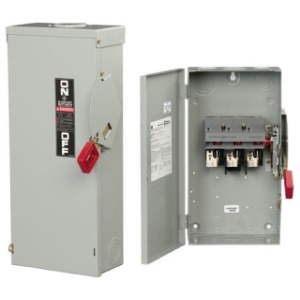
GE THN3365R 400A 600V SAFETY SWITCHES
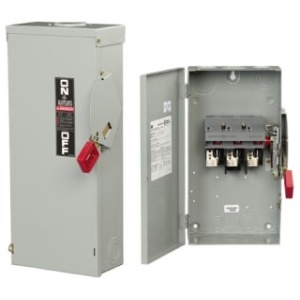
GE TH3366 600A3P HD N1 600V SW

GE THN3364R 200A-600V-3PNF SW

GE THN3361R 30A-600V-3PNF SW

GE TH4324R 200A-240V-3P SW


GE TH4322R 60A-240V-3P SW

GE TH4321R 30A-240V-3P SW
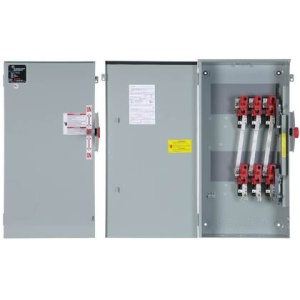

GE TH3361R 30A3P HD N3R 600V SW
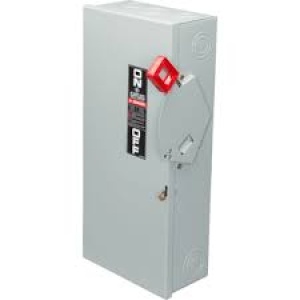
GE TH3362 60A3P HD N1 600V SW
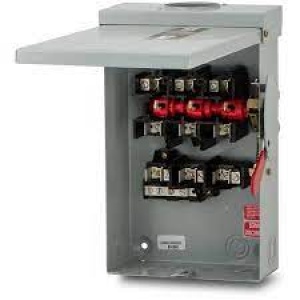
GE TG4322R 60A-240V-3P SW

GE TG3221R 30A-240V-2P SW

GE TH4323R 100A-240V-3P SW
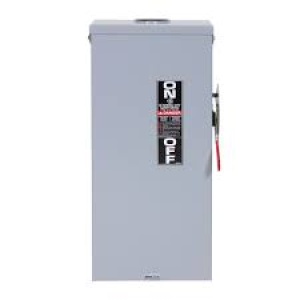
GE TG4323R 100A-240V-3P SW

GE THN3363 100A-600V-3PNF SW
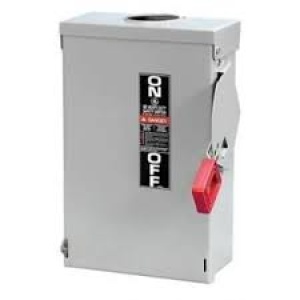
GE TH4321 30A-240V-3P SW
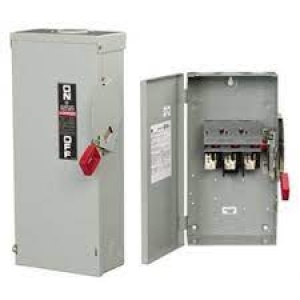
GE TH3361 30A3P HD N1 600V SW
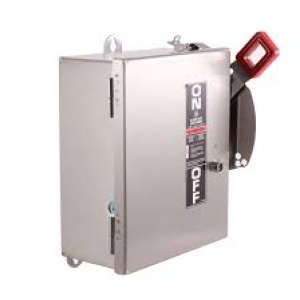
GE THN3361SS 30A-600V-3PNF SW

GE THN3362SS 60A-600V-3PNF SW
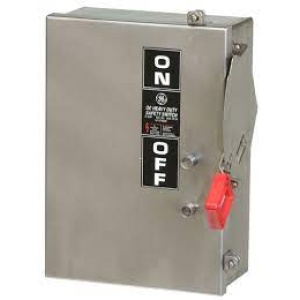
GE TH3365SS 400A3P HD N4X 600V SW
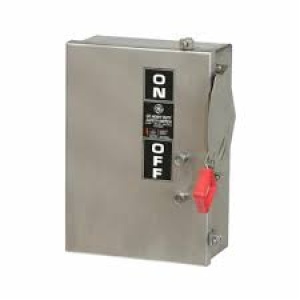
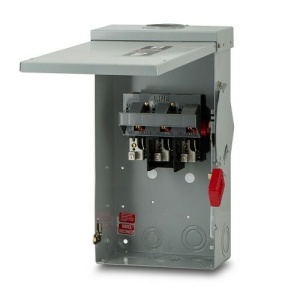
GE THN3362R 60A-600V-3PNF SW


GE TH3363R 100A3P HD N3R 600V SW

GE TH3363 100A3P HD N1 600V SW
Showing 1–48 of 52 resultsSorted by popularity
LiveWire Electrical Supply is your trusted source for hard-to-find electrical supplies, offering a wide selection of circuit breakers, fuses, safety switches, and industrial control products—all ready to ship the same day. With real-time stock and price checks, you can easily find what you need at competitive prices, whether for residential, commercial, or industrial projects. Our experts are available to assist with part identification and technical support, while our expedited shipping options and free UPS Ground shipping on qualifying orders ensure fast delivery. For 24/7 assistance and personalized support, call 1-650-692-0700.
When to use fused disconnect switches
A fused disconnect switch is used to safeguard electrical circuits or equipment from excessive current. It acts as a protective mechanism, cutting off power if electrical flow exceeds safe limits.
Fuse disconnect switches offer the flexibility of tailoring protection levels by selecting the appropriate fuse size for specific equipment, allowing differentiated protection within your electrical system.
Fused disconnect switches are valuable when addressing concerns related to electrical shorts (such as sudden surges) and overloads (when equipment draws excessive electricity).
When to use safety switches
Safety switches are used to ensure the secure disconnection of equipment from power sources during maintenance or emergencies. An integral part of safety procedures, safety switches enable the locking and tagging of switches to prevent inadvertent power restoration while working on equipment.
Unlike fused disconnect switches, safety switches do not provide protection against electrical surges or overloads. For such concerns, additional safety measures higher up in the electrical system are necessary.
Use a fused disconnect switch when guarding against excessive electrical current, and choose a safety switch when ensuring secure equipment disconnection. In some cases, a combination of both may be prudent to comprehensively address safety and electrical protection requirements.
When your safety switch repeatedly trips, it’s a signal of potential electrical problems or safety hazards. This often occurs due to electrical faults like short circuits or ground faults, overloading circuits, faulty appliances or wiring, moisture exposure, or even external interference. To resolve the issue, begin by disconnecting all devices from the affected circuit, reset the safety switch, and then gradually reconnect and test each device to identify the root cause. If a particular device triggers the tripping, it may be malfunctioning and require repair or replacement. If the problem persists or the cause remains unclear, consult a qualified electrician to diagnose and address the issue safely. Remember, safety switches play a crucial role in preventing electrical accidents, so never bypass or disable them, and prioritize electrical safety at all times.
Begin by identifying the specific safety switch that has been triggered. In your electrical panel or switchboard, you’ll typically find safety switches labeled with a “Test” button and an “On/Reset” button. The one that has moved to the “Off” position is the tripped switch.
Before proceeding, it’s critical to prioritize safety. Turn off and unplug all electrical appliances and devices connected to the circuit governed by the tripped safety switch. This precaution prevents an immediate re-trip when power is restored.
Next, locate the “On/Reset” button on the tripped safety switch, which is usually positioned alongside the “Test” button. Firmly press the “On/Reset” button to reset the switch to the “On” position. You should feel or hear a distinct click as the switch returns to its normal state. Verify that the switch’s indicator, often a green light, has illuminated to indicate that it’s back in the “On” position.
Once the safety switch is reset, begin the process of gradually reconnecting and switching on your appliances one by one. This deliberate approach allows you to pinpoint any faulty devices that might have initially caused the safety switch to trip. Keep a watchful eye on the circuit to ensure it doesn’t trip again. If it does, especially when a specific appliance is reconnected, that appliance likely has a fault and should be addressed with repair or replacement.
Easy Returns
You may return items within 30 days of delivery for a refund. Please view our return policy here.
FREE Shipping on orders over $100
We offer one to five-day delivery in the United States. The variation depends on the chosen shipping speed and the warehouse location for the product(s). Please view our shipping policy here.
Same-Day Shipping
We strive to ship out your items within one business day. The shipping process may take up to 5 business days on some occasions. Feel free to contact us if your order is time sensitive. Call (650) 777-0060 or email sales@apxpwr.com for help.
Warranty Gurantee
Disclaimer:
Contact Us In Burlingame
Normal Business Hours: Monday through Friday 6:00am – 5:00pm PT
Contact Us In Santa Clara
Normal Business Hours: Monday through Friday 7:00am – 5:00pm PT